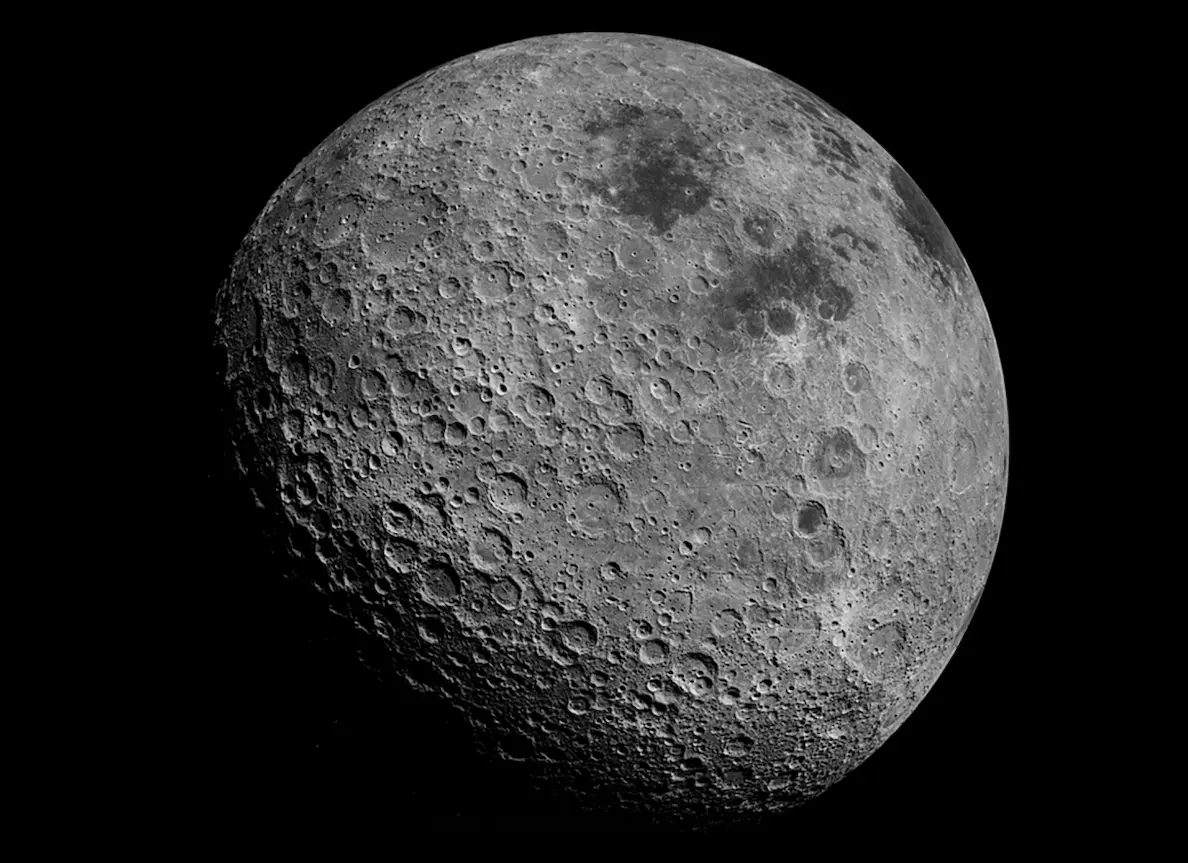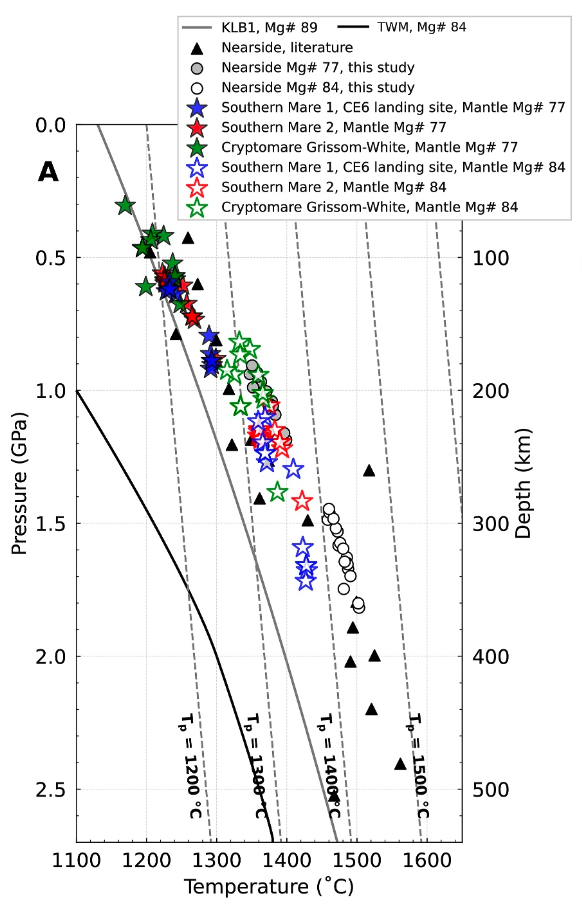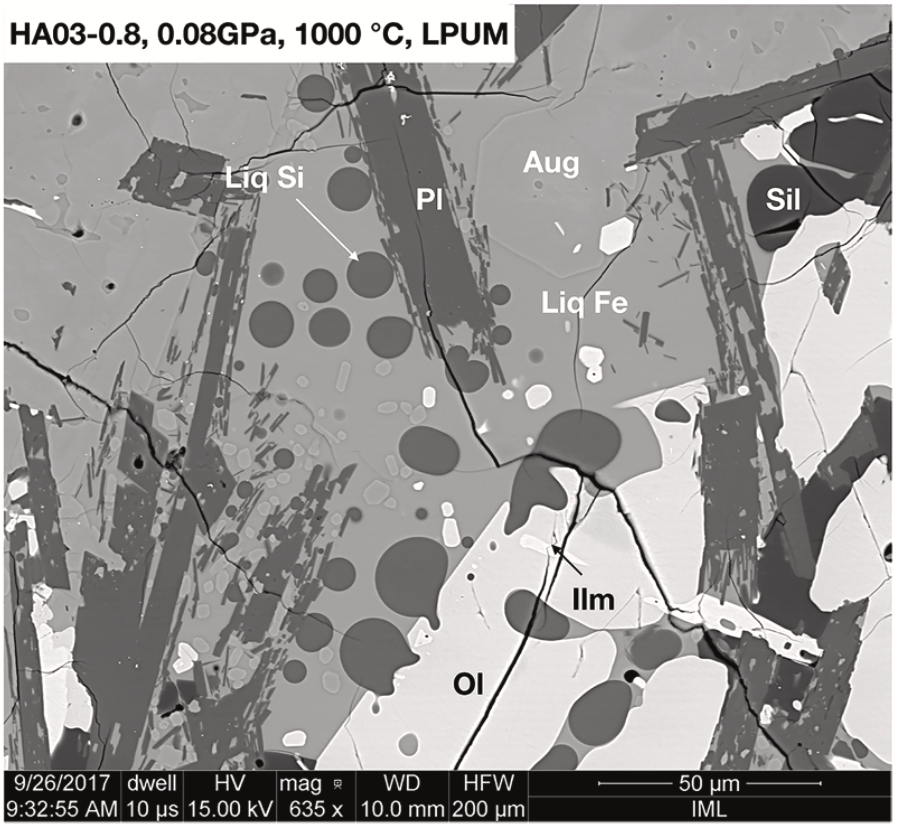
Zhang et al. (2025). Geophysical Research Letters.
Our understanding of the lunar interior has significantly advanced thanks to sample returns from the Moon’s nearside. However, the Moon exhibits a striking hemispheric asymmetry in surface topography, basaltic composition, volcanic morphology, and, most notably, crustal thickness. The farside is dominated by a thick anorthositic crust, unlike the thinner, basalt-covered nearside. To unravel the origin of this asymmetry, it is essential to investigate the interior structure of both hemispheres. In this study, we reconstruct the mantle melting conditions responsible for producing mare basalts in the South Pole–Aitken (SPA) basin, the largest and deepest impact basin on the lunar farside, potentially exposing lower crust and upper mantle materials. Our results show that if the mantle compositions beneath both hemispheres are similar, melting beneath the farside occurred under colder and shallower conditions. This supports the hypothesis that long-term crustal thickening on the farside may have limited mantle upwelling and contributed to the development of the lunar crustal dichotomy.

Mantle melting models constrain the pressure-temperature conditions of magma generation on both the lunar farside and nearside.
Zhang et al. (2024). Earth and Planetary Science Letters
The late stages of lunar magma ocean (LMO) crystallization produced ilmenite-bearing cumulates and urKREEP, residual melts enriched in potassium (K), rare earth elements (REEs), phosphorus (P), and other incompatible elements. These highly evolved lithologies played a critical role in the petrogenesis of lunar volcanic rocks and contributed to the compositional diversity of post-LMO magmatism through subsequent mantle remelting. The origin of urKREEP has traditionally been attributed to extreme fractional crystallization. However, this model struggles to explain the observed decoupling of K and P in many lunar samples. In this study, we conduct experiments to simulate the crystallization sequence of late-stage LMO liquids and evaluate the potential development of silicate liquid immiscibility (SLI). Our results show that SLI may occur after ~97% of LMO crystallization, leading to the formation of immiscible urKREEP liquids. The segregation of Fe-rich and Si-rich endmembers may account for the decoupled geochemical signatures observed in lunar rocks and may have facilitated the generation of silicic magmatism on the Moon.

Late-stage silicate liquid immiscibility in a LPUM-derived melt.